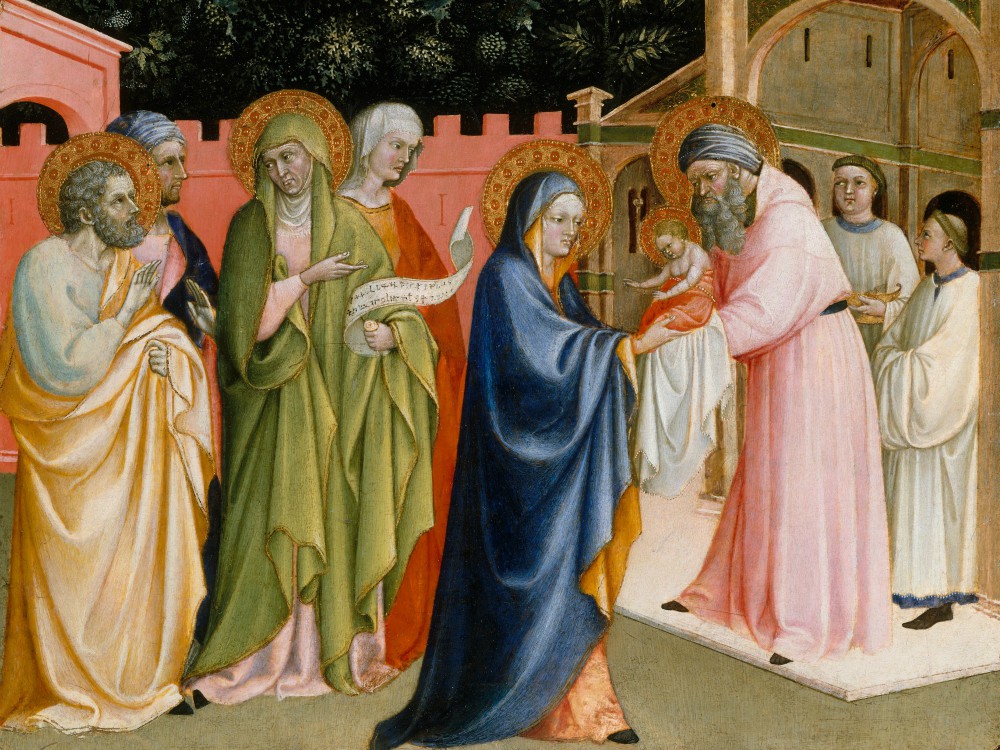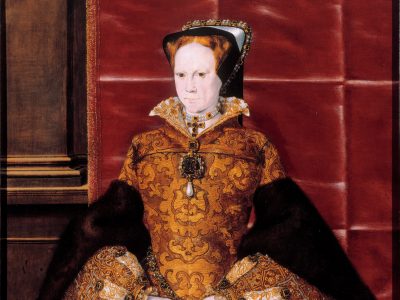The website of Antiques and The Arts Weekly has an article about one of the many glories of the Royal Collection, Andrea Mantegna’s Triumphs of Caesar. Six of the nine paintings are currently on display in the National Gallery until next year whilst their usual home at Hampton Court is renovated.
The article can be viewed at Rise & Fall: Andrea Mantegna’s The Triumphs of Caesar At London’s National Gallery
The author does not point out as clearly as he might have the fact that the Rubens Roman Triumph from the National Gallery collection very clearly derives from Mantegna’s great cycle. Presumably Rubens saw the paintings in England when they were bought by King Charles I in 1629.
I believe I am correct in saying that the nine paintings were not amongst those sold in 1649 but were retained and decorated the court of the Cromwellian Protectorate. Their size may have militated against a quick sale. As it was they remained here and were saved for King Charles II and his successors.
The loss of the Ovetari Chapel is indeed grievous, and, let’s be honest, inexcusable. As I understand it the fragments of the frescos were gathered up and restorers are still trying to piece them together with a view to a restoration. Wikipedia has an account of the chapel and what survives at Ovetari Chapel
Mantegna is noteable for his research into classical architecture and settings for his commissions as the author mentions. He participated in the burgeoning antiquarian spirit of a number of scholars in mid-fifteenth century Italy, such as Cyriacus of Ancona, and anticipated research into discoveries in sixteenth century Rome. Such a tradition was by no means new and can be seen in various parts of Italy in the thirteenth century under the Emperor Frederick II, the Pisan sculptural tradition and in the Rome of the 1280s in respect of painting.
Wikipedia discusses the sculptural background of this painting in a substantial article about the artist at Andrea Mantegna.




